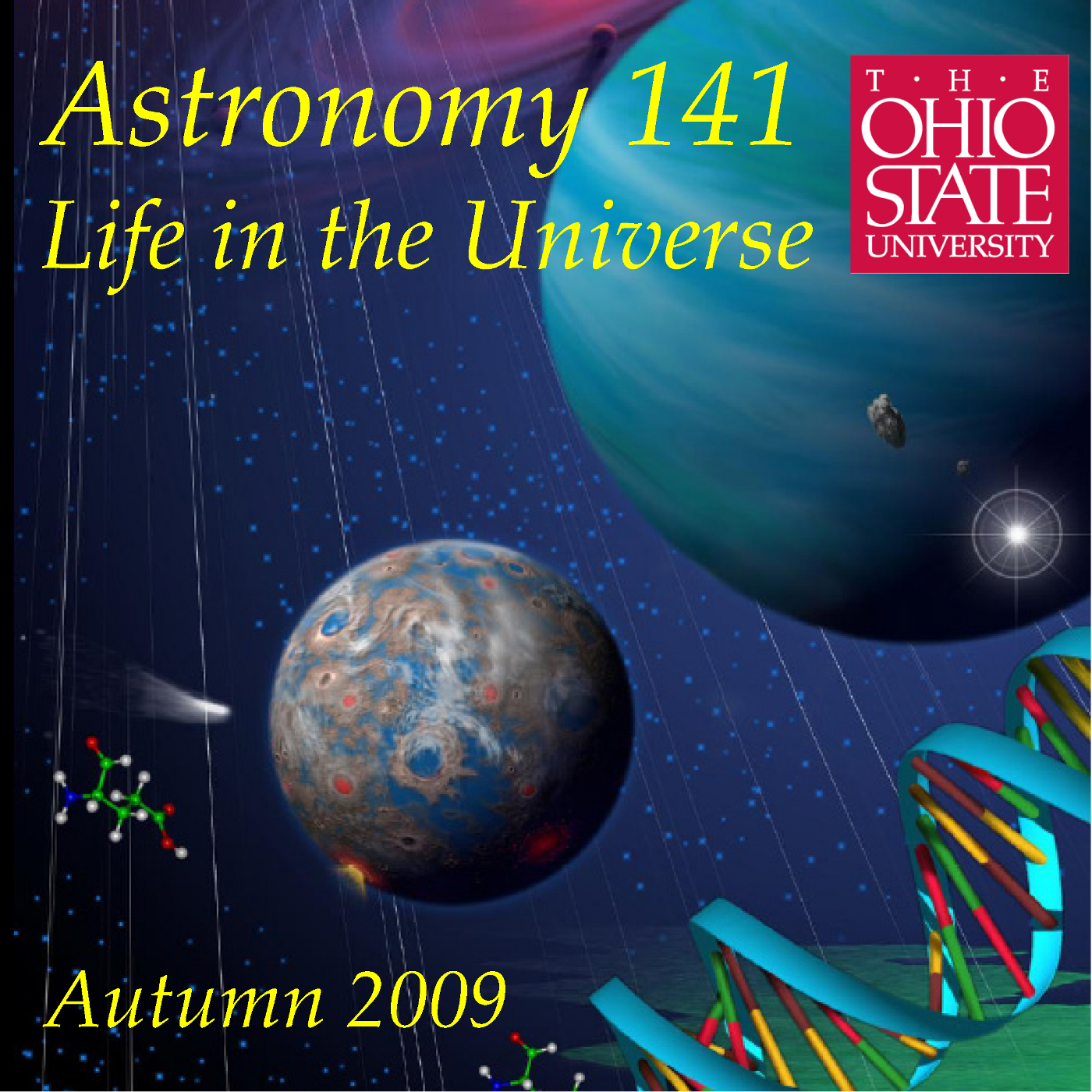Lecture 30: Goldilocks and the Three Planets

Why is the Earth habitable today but Venus and Mars not? This lecture\nexplores the question of planetary habitability from the perspective of\nthe stability of liquid water on the surface of planetary bodies. We\nwill see how the amount of sunlight and the greenhouse effect in the\natmosphere combine to create a classic Goldilocks problem: whether or\nnot a planetary surface has stable liquid water is a question of not\nbeing too hot or too cold. This defines the Habitable Zone for the\npresent-day Sun. However, the size of a planet also plays a role, and\nwe will expand the concept of habitability to include the type of\natmosphere a planetary body can or cannot retain. Finally, because the\nSun changes brightness slowly over its lifetime, the location of the\nhabitable zone is time-dependent. We will define the Continuous\nHabitable Zone, and discuss implications, and limitations, of the idea\nof habitable zones, looking forward expanding our search for life to\nworlds around other stars. Recorded live on 2009 Nov 5 in Room 1005\nSmith Laboratory on the Columbus campus of The Ohio State University.